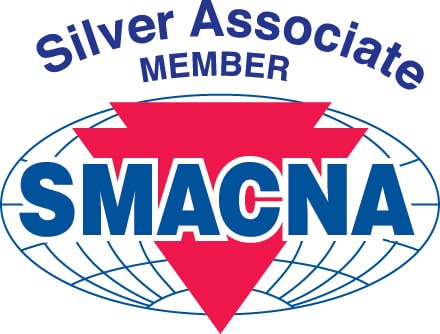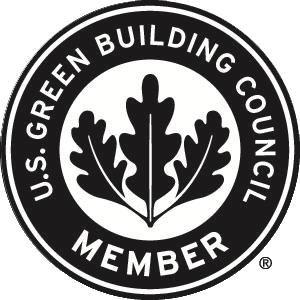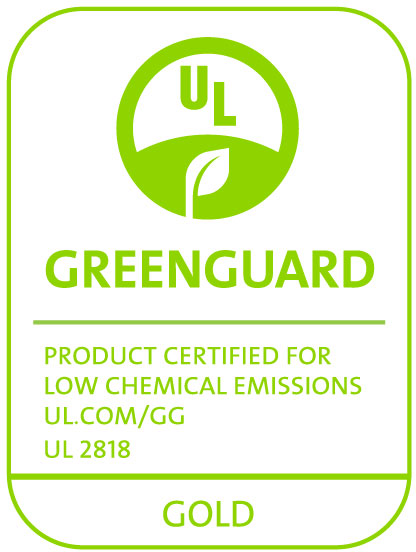There are two model energy efficiency standards for commercial buildings:
- American Society of Heating, Refrigerating and Air-Conditioning Engineers (ASHRAE)
- ANSI/ASHRAE/IES Standard 90.1 Energy Standard for Buildings Except Low-Rise Residential Buildings
- International Code Council® (ICC®)
- International Energy Conservation Code® (IECC®)
Both standards specify minimum requirements for energy efficiency and are updated in 3-year cycles. The most current
versions are ASHRAE 90.1-2022 and IECC-2024.
It’s important to understand that these standards must be adopted by states and/or local jurisdictions to become
model codes.
Commercial construction projects are often designed based on ASHRAE 90.1 as a compliance path for the U.S. Green
Building Council’s (USGBC) Leadership in Energy and Environmental Design (LEED®) certification.
However, most states adopt a version of the IECC and periodically update to improve energy efficiency. Below is the
status of state energy code adoption (September 2024).
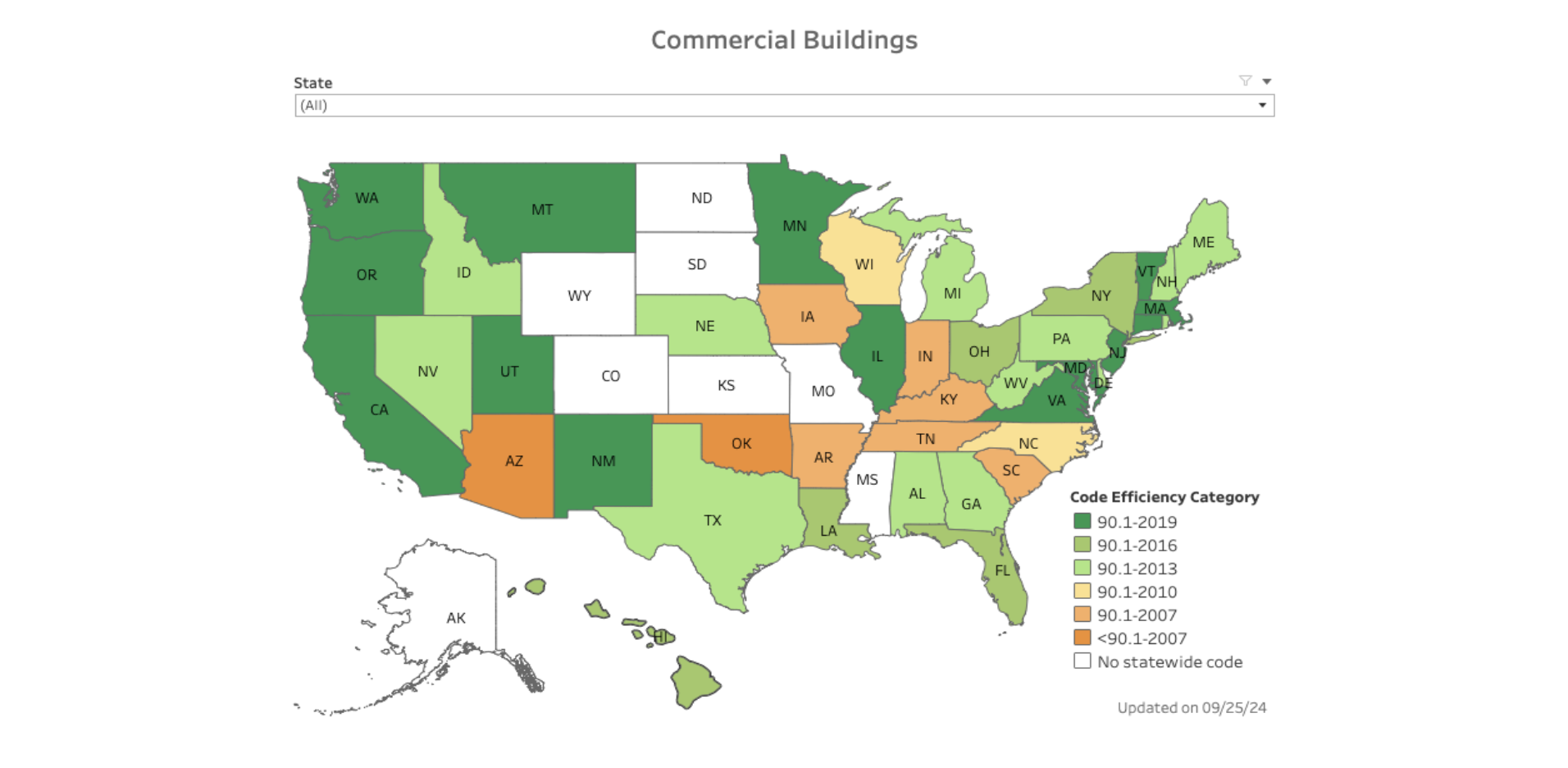
The Minimum Piping Insulation Thickness per ASHRAE 90.1-2022 and IECC-2024 are detailed below.
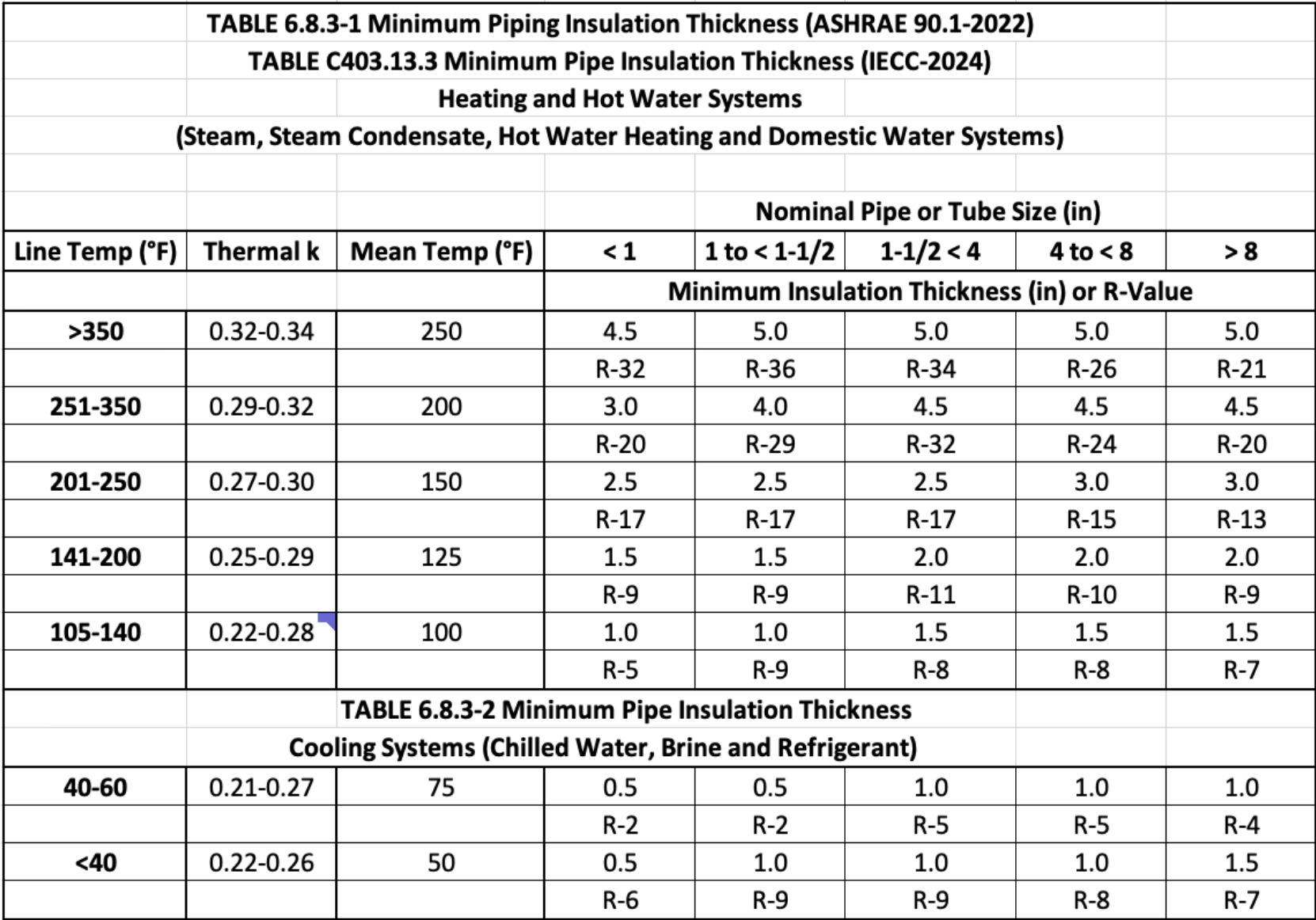
Note: Although the minimum piping insulation thicknesses remain unchanged, IECC added minimum R-Values to the 2024
code as “an option” to achieve energy conservation. Either minimum insulation thickness OR minimum R-value can be
selected. ASHRAE 90.1 will add R-values in the next update scheduled for 2025.
Minimum Duct Insulation Thickness is specified by R-Value depending on the climate zone of the project location in
the United States. Additionally, thickness is determined by the duct location on the project:
- Exterior (outside the building envelope)
- Unconditioned space (i.e. mechanical room)
- Indirectly conditioned space (i.e. spaces adjacent to conditioned spaces)
Below is the most current Climate Zone Map from IECC-2021.
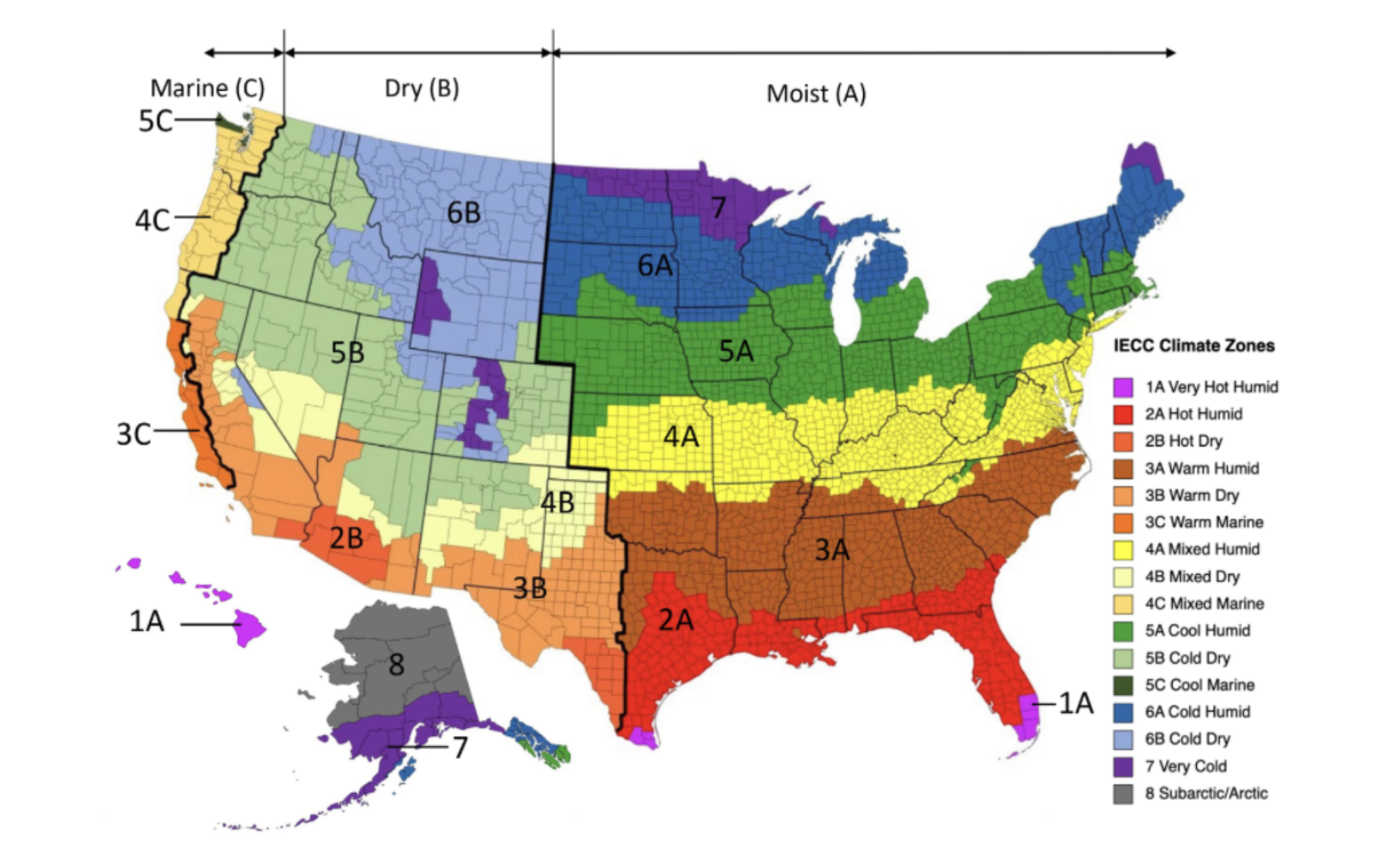
The Minimum Duct Insulation Thickness per ASHRAE 90.1-2022 and IECC-2024 are detailed below.
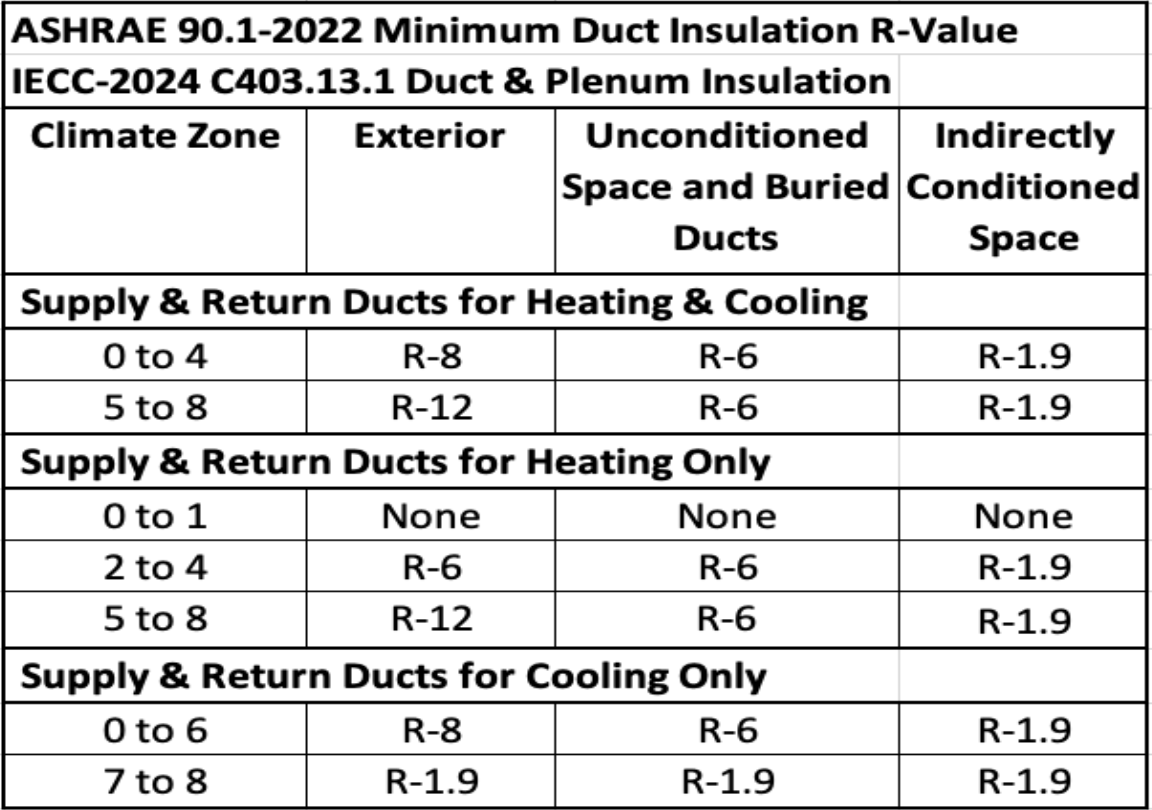
Energy codes do not specify insulation type –
The best pipe and duct insulation type for a given application should be selected based on characteristics such as:
- Composition (i.e. fibrous versus non-fibrous)
- Cell structure (i.e. closed cell versus open cell, rigid versus flexible)
- Operating temperature
- Thermal conductivity (k-value)
- Water vapor permeability (perm rating)
- Fire performance (25/50 flame & smoke developed indexes)
- Owner project requirements such as budget and sustainability (low-VOC, EPD, HPD)
Energy codes specify minimum insulation thickness or R-value for energy efficiency only –
- Insulating below-ambient piping & duct systems require special consideration such as condensation control and
mold prevention. - Chilled water and refrigerant piping are of particular concern. Closed-cell insulation with a vapor retarder
(built-in or supplemental) is proven to provide the best long term performance by effectively controlling
condensation. - Greater thicknesses may be required to control condensation due to specific project operating environments such
as low operating temperatures in high ambient and relative humidity conditions.
Important Takeaways
- Energy codes do not specify insulation type.
- Energy codes specify minimum insulation thickness or R-value for energy efficiency. Greater thickness may be
required for condensation control. - Either minimum insulation thickness OR minimum R-value meet the code. R-values have been added as an
“optional”
compliance path. Depending on the insulation type, the thickness may increase to meet minimum R-values.
To learn more about pipe insulation, click
here.
To learn more about duct insulation click here.




